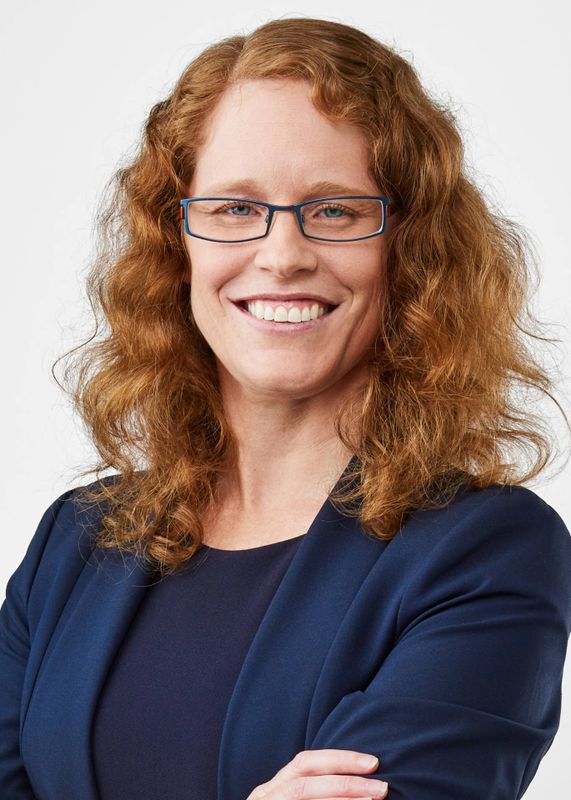Insights – New Guidance for Profit Allocation in Professional Services Firms
The ATO has now released PCG 2021/D4 which is the guideline which impacts on the way professional practitioners are able to allocate their profits without attracting the attention of the ATO. This new guidance will apply to businesses from 1 July 2022.
Who does it impact?
A professional services firm includes (but is not limited to) accounting, architectural, engineering, financial services, legal and medical professionals.
An individual professional practitioner is a person working in the business but also holds a legal or beneficial interest in the firm.
Why has it changed?
The ATO’s view is that profit or income of a professional firm may comprise different components, including a mixture of income from the efforts, labour and application of the individual practitioner (ie their personal exertion) and income generated from their business structure.
They are concerned that practitioners are redirecting their personal income to associated entities for the purpose of minimising tax, rather than paying tax at the highest marginal rate.
The use of companies trust and other structures themselves are not of concern, however where it results in compensation received by the individual being artificially low or non commercial and the tax outcomes are manipulated – the ATO is not happy.
How does it work – the Gateway approach?
The new guidelines follow a risk based approach which requires 2 qualifying gateways to be passed before moving on to self assessment under a risk assessment framework.
Gateway 1 – commercial rationale
There must be a genuine commercial rationale for all parties remuneration arrangements and they must be appropriately documented.
Indicators that an arrangement may not be on a commercial basis would include unnecessary complexity, non arms length terms or tax outcomes that are at odds with the economic result.
There must also be consideration whether the practitioner receives an amount of profit or income which reflects a true reward for personal effort or skill and whether that individual ultimately benefits from distributions to other entities.
Gateway 2 – High Risk Features
An arrangement should not include features that are considered high risk include non arms length transactions which focus on exploiting the difference between accounting and tax law, inappropriate partnership assignments or multiple classes of shares owned by non- equity holders.
Where the tax payer satisfies both gateways, they can then self assess their risk level using the new risk assessment framework – a traffic light system based on the following considerations:
- the proportion of practice profits that is taxed in the hands of the individual.
- the average tax rate paid by the individual and associated entities
- the remuneration taxed in the hands of the individual compared to market rates
Where both the gateways are not passed, the risk assessment framework is not available to them and they will need to liaise directly with the ATO to discuss their circumstances.
While the Guideline doesn’t specifically have a ‘safe harbour’ provision, where circumstances align with low risk requirements, the ATO will be unlikely to review it. Where an arrangement lacks commercial rationale, includes the high risk features or assesses as high risk under the risk framework, there is a high probability of audit in relation to integrity provisions including Part IVA.
There is a transition period to 30 June 2024 to allow existing arrangements in place under the suspended guidelines be modified, however other businesses should be applying the new rules from the next financial year.
What does this mean for professionals?
In order to remain in the low risk range, many professionals will need to adjust their current arrangements, which is likely to mean that more income will need to be declared personally and will result in more tax being paid.
As the rules will apply from 1 July 2022, it is important to start to plan now to ensure your firm is considered low risk for the next financial year.
How Can Alto Help?
Alto can help you to review your arrangements to assess your risk level and guide you on appropriate alternative arrangements if needed. For new businesses entering the professional services space, feel free to consult with us to ensure your structuring and remuneration models are in line with the required guidelines from the start while still optimising tax outcomes.

Author: Donna Bruce

